Wild Summer Visitors
This is a tale of a naughty fox, a waddling hedgehog, and can you guess what the other animal is? Of course, you already know: it’s a friendly little bunny rabbit wearing a blue waistcoat. Or is it? Oh dear, I seem to have got my story muddled. Now, I remember, the third animal is a clever little bat and her large family. Okay, I have to admit that I’m not named Beatrix, so let’s cut the codswallop. However, all the aforementioned animals will feature in this story, except for the rabbit. I hope you don’t mind the exclusion.
It is true to say that the story began on a peaceful summer night. Everyone was asleep when there was noise outside in the garden. A brave father (a human father) went to investigate. When he got to the kitchen, there was a face looking in at him through the glass door. It was a fox, which had been raiding the compost bin. On another evening this fox, or perhaps it was his cousin, picked up some shoes that were outside and carried them away. Not very far, just onto the grass, where he probably played a bit with them, as his distant relative the dog might have done. He isn’t the only fox to have done this: a recent report in the commuter newspaper 20 Minuten told how a fox had stolen 42 shoes and taken them to his den.
If you are missing your outdoor shoes, you probably now have an idea of what could have happened to them. Yet stealing shoes is just a bit of fun for a fox and not harmful to humans. Dangerous, though, is that many foxes in Switzerland carry a tapeworm, Echinococcus multilocularis. According to the Swiss Federal Office of Pubic Health, the eggs of this tapeworm will survive for months in a fox’s excrement. These eggs can make their way into our stomachs via fruit and vegetables grown at ground level, such as strawberries or lettuces. The disease that results is echinococcosis, and it is life threatening. The Federal Office of Public Health recommends thoroughly washing fruits and vegetables grown close to the ground, or, better still, cooking them. After gardening, hands should be well washed. This tapeworm is rarely transferred to dogs and cats, but they should be regularly de-wormed.
Foxes survive well in urban areas and many are quite fearless around people. They should not be fed by people. We have learnt to keep our compost bin where the fox cannot get it, and only old shoes to wear in the garden are left outside.
Another summer visitor to Swiss gardens may be the hedgehog. One summer, we were lucky enough to have a hedgehog visiting regularly. At night, she would waddle under the fence we share with our neighbour, coming from under a shed where she lived with her offspring. Baby hedgehogs, by the way, are called hedgehoglets – such a sweet name! This visiting hedgehog would stop at our dog’s dinner bowl and lick the leftovers. She wasn’t disturbed when I stood and watched her. When I told our vet about the nocturnal visitor, he gave me some complimentary worming tablets for the hedgehog. He recommended crushing them into some meat-based cat food for the hedgehog. Worming aside, though, generally hedgehogs shouldn’t have food left for them in spring or summer. If one happens to awaken too early from its hibernation and there is not enough suitable food around, it is okay to feed it some cat food. Water can also be left out for the hedgehog but not milk. Hedgehogs often carry fleas, which may transfer to domestic dogs or cats. If so, pets can then be treated with normal flea control products.
If an injured or sick hedgehog is found, this Swiss website explains how to care for it. Once the animal is healthy, it must be released, as they are a protected species and it is illegal to keep them as pets. On the website there is also a list of rescue centres around Switzerland that will take and care for injured or sick hedgehogs or hedgehoglets (I just wanted to use that word).
Bats in the belfry? How about bats in the bedroom? For several summers, we were honoured to have a bat family living with us. They moved into a space above the window, between the outside wall and the exterior blinds outside of the children’s bedroom. At first we thought it was a sparrow’s nest, as we could hear chirping sounds similar to that of birds. Yet the droppings showed otherwise, and we could see bats swooping around in the early evening. It was apparent that it was a nursery colony raising young bats. The sound they made didn’t bother the children, but there was always a point when it started to smell unpleasant in the room, like a zoo. The first time that happened, we did some research and learnt that it would only be a couple of weeks more until the bats moved out. By late summer they had flown away.
These bats were the common pipistrelle (Latin name: Pippistrellus Pippistrellus, German: Zwergfledermaus). According to the BBC Science and Nature website, these tiny bats can live up to 16 years and eat as many as 3000 small insects per night. They are the size of a bee when born. As my daughter would say, “How cute,” and I must agree with her. And I know you’re curious as to what a baby bat is called. It’s a pup, which isn’t as cute a name as hedgehoglet, but perhaps “batlet,” for example, sounds a bit, well, batty.
We have occasionally seen a healthy bat attached to a wall of our house during the day; it disappears by nighttime. Once, however, we found a weakened, though not obviously hurt, adult bat. I decided to care for it in the way I would an injured bird – that is, in a small box pierced with breathing holes and lined with paper towels. I gave it water from a syringe (an eyedropper is also fine). We made contact with a bat rescuer, and he confirmed that that was a suitable way to care for the bat. We made arrangements for the bat to go to him later in the day but sadly, the bat died before then. The Bat Protection Society (Fledermausschutz) has information on what to do and who to contact if an injured bat is found. There is also a 24-hour emergency phone number to call: 079/330-60-60. Bats should be handled with gloves or other protection, as they can bite and transfer disease. They are protected animals in Switzerland.
So ladies and gentlemen, boys and girls, that’s the end of my little story about the wild creatures who have visited me at home. If you have an animal story to share, please write about it in the space underneath, especially if it’s about a squirrel or a deer, a lion, or a kookaburra…or any animal, really.
Text and photo by Andrea Snashall. Illustration by Lara Friedrich.
Andrea grew up in Australia with goannas, cockatoos and red-backed spiders visiting her garden. Once a kangaroo hopped in too, but that was somebody’s pet. Since living in Switzerland these last twelve years, she’s enjoyed learning about the kinds of animals to be found here.

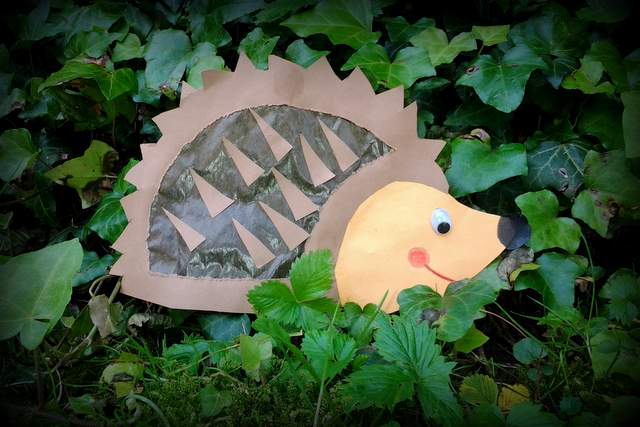
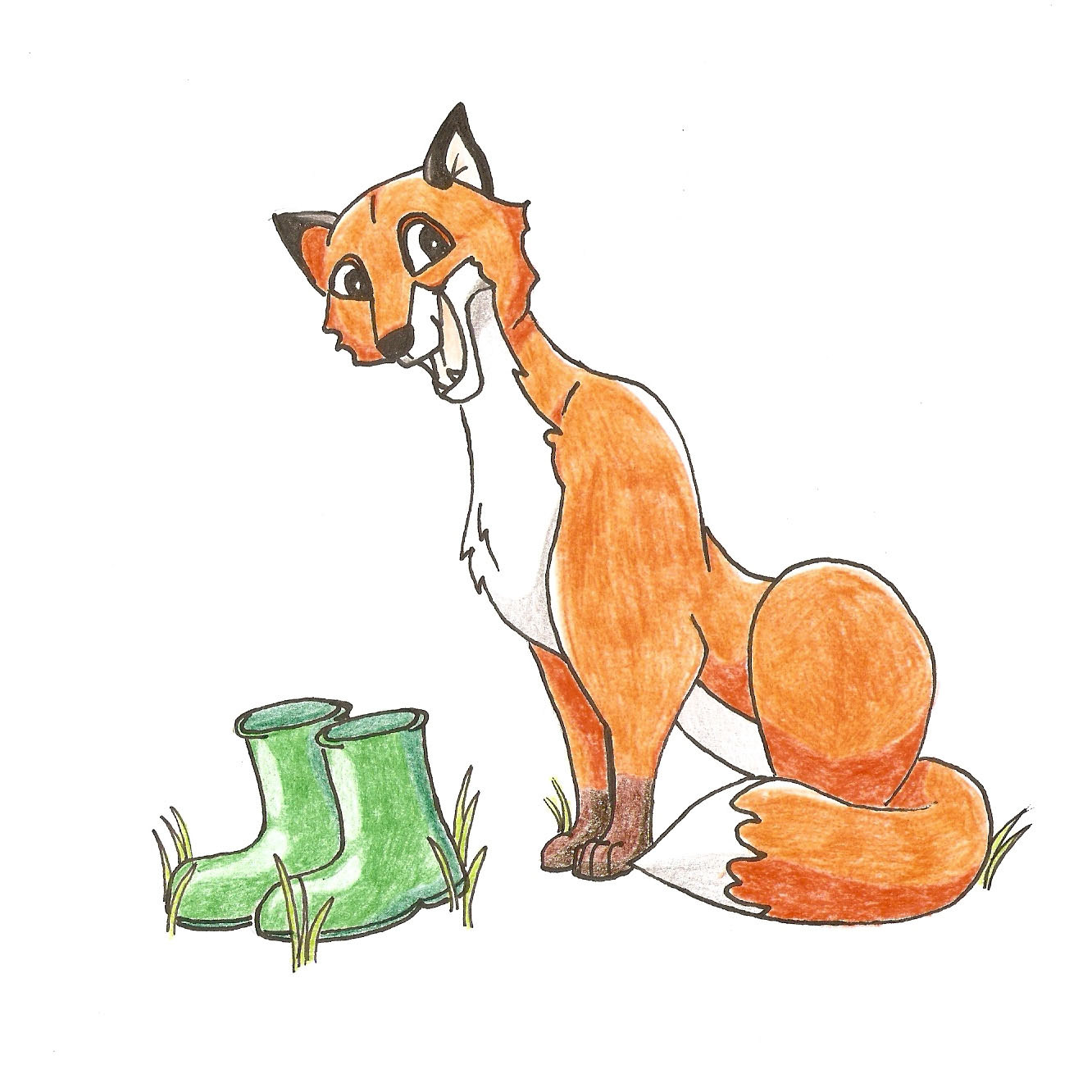
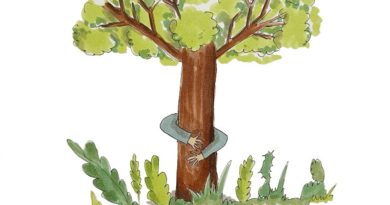
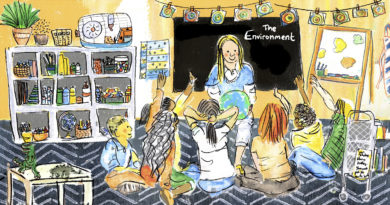
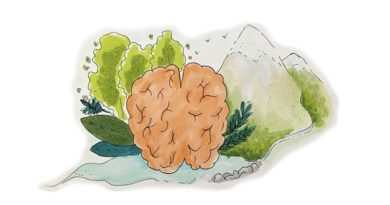
Plenty of good info here. My daughter lost an expensive hiking boot to a fox, and that’s no codswallop! Keep shoes out of reach of Mr Fox!
What a naughty fox!